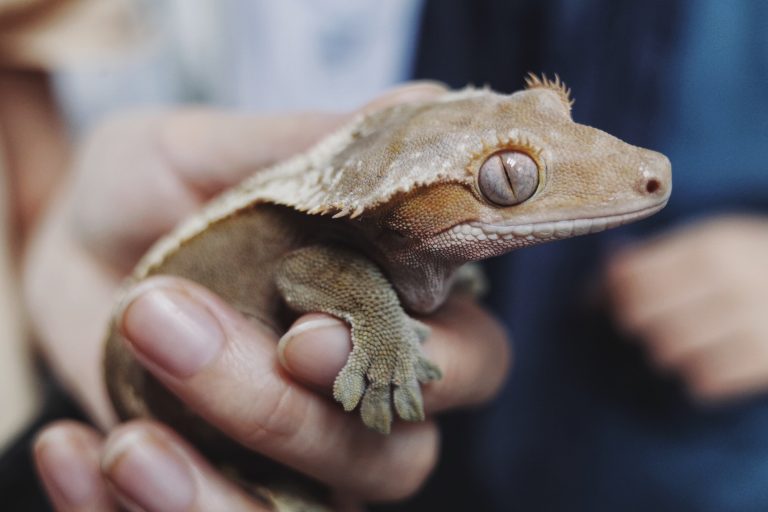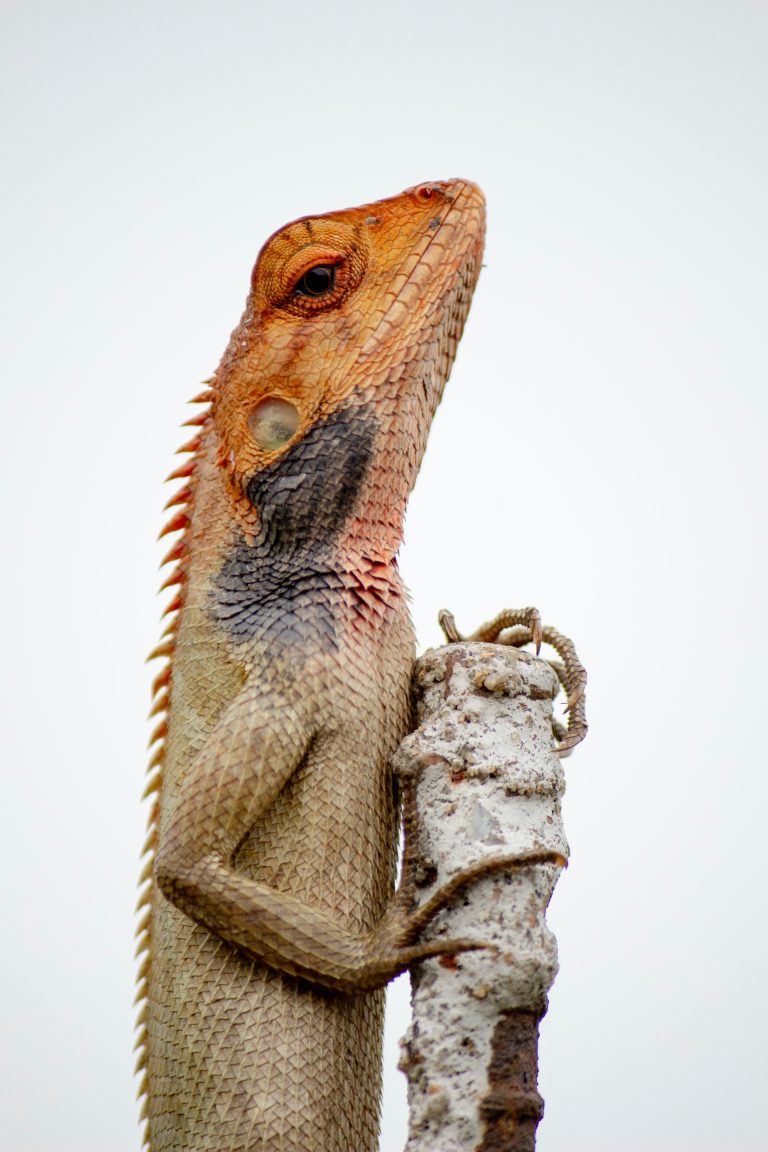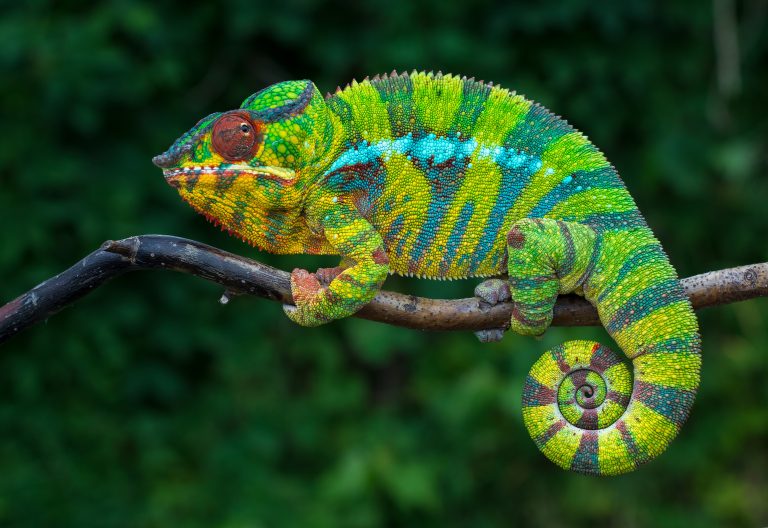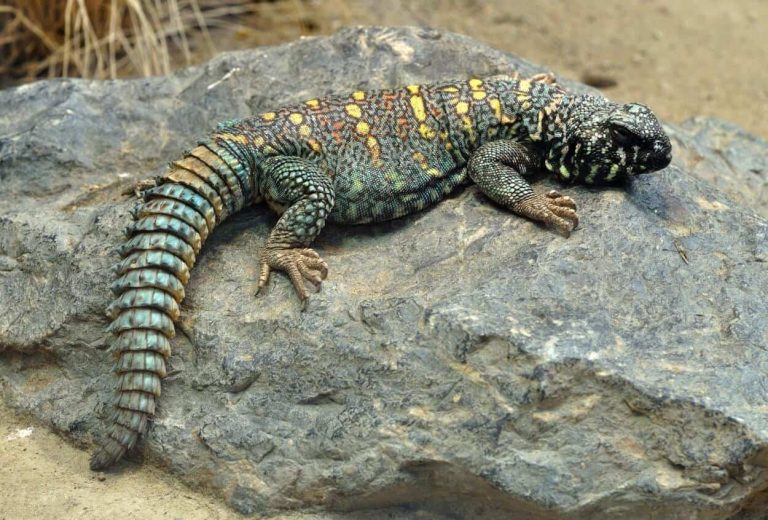Exploring the Fascinating World of Ball Python Morphs
will explore the different types of ball python morphs, their characteristics, care and maintenance, breeding techniques, and their impact on the market.
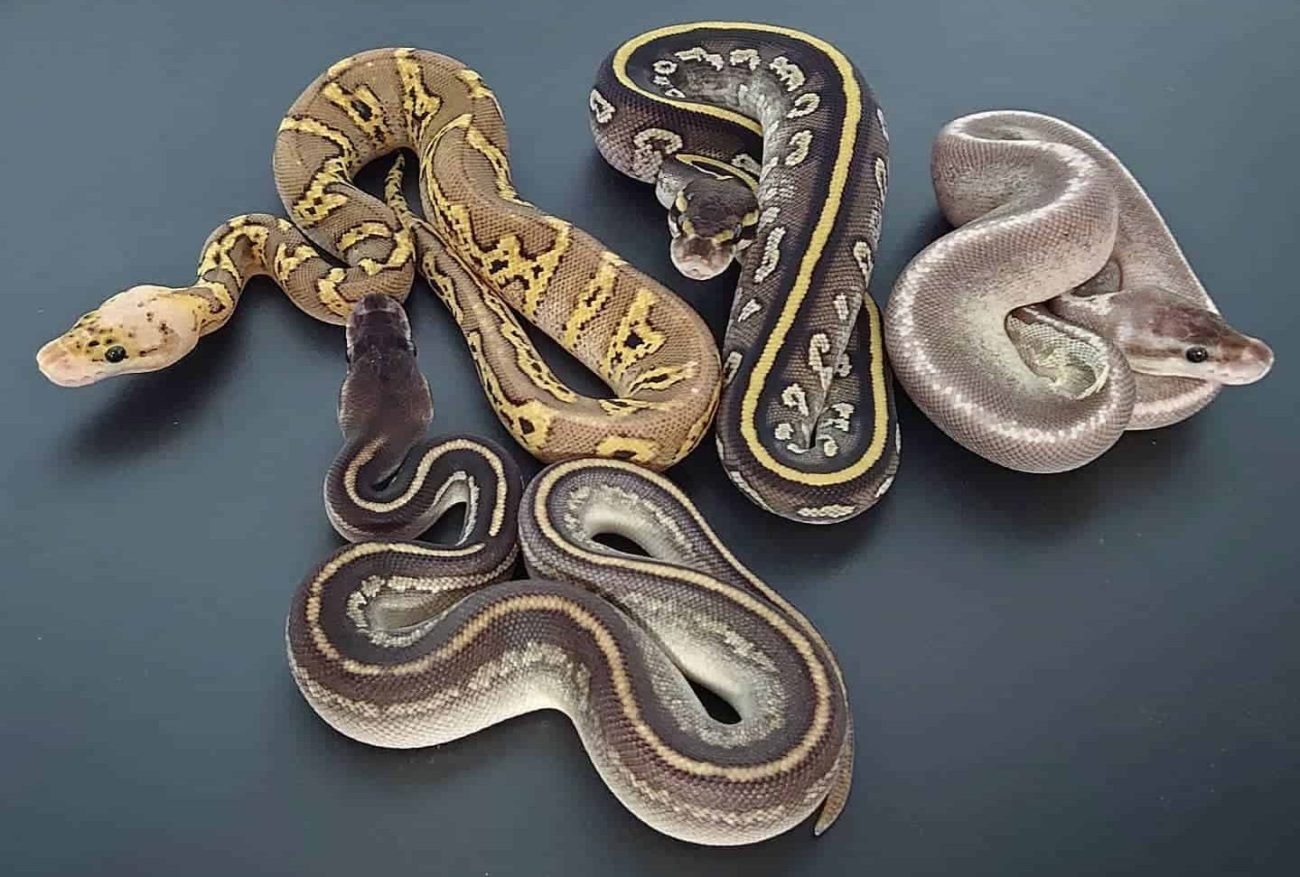
Different Types of Ball Python Morphs
Normal Morphs
Normal morphs refer to ball pythons that exhibit the natural and wild type appearance. These pythons usually have a combination of brown, black, and beige colors, with intricate patterns that blend seamlessly with their surroundings. While normal morphs may not be as flashy as some of the other morphs, they still possess a natural beauty that is appreciated by many ball python enthusiasts.
Pattern Morphs
Pattern morphs showcase a distinct deviation from the typical patterns found in normal morphs. They often display bold and unique patterns that can range from intricate swirls to contrasting colors. Pattern morphs add an element of fascination and intrigue to the appearance of ball pythons, making them highly desirable in the reptile community.
Color Morphs
Color morphs introduce a stunning range of colors that are not typically found in normal morphs. These morphs can exhibit vibrant shades of red, orange, yellow, and even white. The striking colors are a result of genetic mutations that have been carefully bred over generations. Color morphs are prized for their beauty and often come with hefty price tags.
Normal Morphs
Wild Type
As mentioned earlier, wild type ball pythons exhibit the natural appearance and patterns that are seen in their wild counterparts. These pythons have a combination of earthy colors, allowing them to blend in with their natural habitat. They are cherished for their authentic and classic look, and many reptile enthusiasts find beauty in their simplicity.
Spider Morph
Spider morphs are known for their unique pattern, which resembles a spider’s web. They exhibit a series of thin, elongated stripes that run down their bodies. Spider morphs often have reduced contrast in their colors, giving them a subdued and eye-catching appearance. This morph has become increasingly popular among reptile collectors due to its distinctive pattern.
Pastel Morph
Pastel morphs are characterized by a beautiful blending of colors, resulting in a lighter and more vibrant appearance compared to the normal morph. These pythons display a range of soft, pastel shades, often with increased brightness and saturation. Pastel morphs are highly sought after for their unique and appealing visual characteristics.

Pattern Morphs
Axanthic
Axanthic ball pythons are known for their lack of yellow pigmentation, giving them a striking black and white appearance. These pythons have a grayscale coloration, with varying shades of gray and white. The absence of yellow pigment creates a visually distinct and captivating pattern, making axanthic morphs a popular choice among reptile enthusiasts.
Pied
Pied morphs showcase a stunning combination of white and colored patches on their bodies. These patches can vary in size, creating a mesmerizing mosaic-like pattern. Pied ball pythons often have a predominantly white base, with colored patches distributed throughout their bodies. The unique and striking appearance of pied morphs has made them highly sought after by collectors and breeders alike.
Bumblebee
Bumblebee morphs feature a brilliant yellow base color with thin, dark black stripes running across their bodies. The vibrant yellow coloration gives these pythons a stunning and eye-catching appearance. The contrasting black stripes create a visually striking pattern that resembles the markings of a bumblebee, hence the name. Bumblebee morphs are highly prized for their unique coloration and bold patterns.
Color Morphs
Albino
Albino ball pythons display a lack of pigmentation, resulting in a stunning white or pale yellow coloration. The eyes of albino morphs are typically red or pink, adding to their enchanting and ethereal appearance. Albino morphs are highly sought after for their captivating beauty and have become one of the most popular and recognizable ball python morphs in the reptile industry.
Caramel
Caramel morphs exhibit a beautiful light brown coloration, often with hints of yellow or orange. The caramel color is typically distributed evenly throughout their bodies, creating a warm and inviting appearance. These morphs are valued for their unique and delicate coloration, which sets them apart from other ball python morphs.
Black Pastel
Black pastel morphs have a distinct and striking appearance, characterized by their dark and rich black coloration. The black pastel gene reduces the amount of pigmentation, resulting in a visually appealing and intense black hue. The black pastel ball python morph has gained popularity due to its bold and captivating appearance.

Popular Ball Python Morphs
Banana Morph
Banana morphs are known for their vibrant yellow coloration, resembling the fruit from which they get their name. These pythons showcase a range of yellow shades, from light pastels to deep, intense yellows. Banana morphs also boast intricate patterns and markings, making them a top choice for reptile enthusiasts looking for a visually striking ball python.
Enchi Morph
Enchi morphs feature a unique pattern that consists of thin and elongated markings. They often have reduced contrast between their colors, resulting in a more blended and subtle appearance. Enchi morphs can display a range of colors from beige to brown, with patterns that vary from snake to snake. This morph is highly regarded for its distinct appearance and has gained popularity among collectors.
GHI Morph
GHI stands for “Ghost, Hides, and Ivory,” which describes the striking appearance of this ball python morph. GHI morphs feature a combination of dark and light tones that create a captivating visual effect. These pythons often showcase a light-colored base with dark brown or black speckles or markings, creating a mesmerizing and unique pattern. GHI morphs are sought after for their stunning appearance and have become increasingly popular in recent years.
Rare Ball Python Morphs
Scaleless Morph
Scaleless morphs are a rare and unique ball python mutation that lacks scales entirely. Instead, they have smooth, leathery skin. Scaleless ball pythons are highly coveted by collectors due to their unusual and visually captivating appearance. However, it is important to note that scaleless morphs require extra care and attention as their lack of scales makes them more susceptible to injuries and environmental factors.
Phantom Morph
Phantom morphs showcase an array of colors that create a mesmerizing and ethereal appearance. These pythons often display a combination of dark brown, gray, and white, with intricate patterns that resemble swirling smoke or mist. Phantom morphs are highly sought after for their stunning and otherworldly beauty, making them a prized addition to any reptile collection.
Firefly Morph
Firefly morphs feature a stunning combination of bright yellow and white markings on a dark background. The yellow and white colors create a striking contrast against their dark base color, resulting in a visually captivating appearance. Firefly morphs are highly regarded for their unique and eye-catching pattern, making them a prized choice among reptile enthusiasts and collectors.
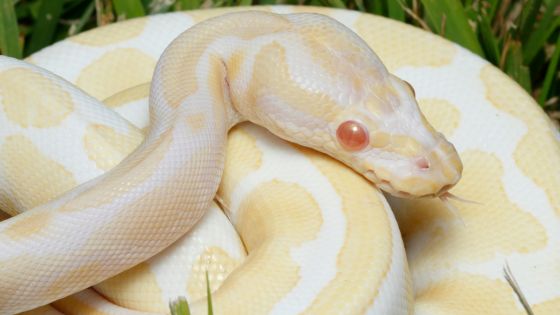
Breeding Ball Python Morphs
Breeding ball python morphs is a complex and intricate process that requires knowledge of genetics and careful selection of breeding stock. By understanding the principles of inheritance and genetic manipulation, breeders can produce offspring with desirable morphs. Here are some key aspects of breeding ball python morphs:
Genetics and Inheritance
Ball python morphs inherit their traits through genetic mutations, which can be passed down from one generation to another. Understanding the various genetic combinations and the principles of inheritance is crucial for breeders to produce desirable morphs. By selectively breeding pythons with specific genetic traits, breeders can achieve the desired morph combinations.
Selecting Breeding Stock
Selecting the right breeding stock is paramount in the breeding process. Breeders must choose pythons with desired morphs and healthy genetic backgrounds. It is important to consider the lineage, health, and genetic history of the breeding stock to ensure the production of high-quality offspring. Additionally, proper record-keeping and research are crucial in maintaining genetic diversity and avoiding inbreeding.
Breeding Techniques
Breeding ball python morphs involves careful planning and consideration of various factors. Breeders must create the right environment, including temperature and humidity control, to stimulate the breeding process. Introduction and pairing of the breeding stock must be done strategically, considering the morph traits and genetic compatibility. Timing and proper care during the breeding process are key to successful reproduction.
Care and Maintenance of Ball Python Morphs
Caring for ball python morphs requires attention to their housing, temperature and humidity needs, feeding habits, and veterinary care. Providing the right conditions and ensuring their overall health is essential for the well-being of these captivating creatures. Here are some aspects to consider when caring for ball python morphs:
Housing
Ball pythons require appropriate enclosures that simulate their natural habitat. The enclosure should be spacious enough for them to move around comfortably, with hiding spots and branches for climbing. It is important to provide a secure enclosure to prevent escapes and to maintain proper ventilation for the snake’s health.
Temperature and Humidity
Maintaining the right temperature and humidity levels is crucial for ball pythons’ overall health and well-being. A temperature gradient should be provided within the enclosure, allowing the python to regulate its body temperature by moving to different areas. Warm spots should be maintained between 88-92°F (31-33°C), while cooler areas should range between 78-82°F (25-28°C). Additionally, a humidity level of 50-60% should be upheld, with temporary increases during shedding periods.
Feeding and Nutrition
Ball pythons are carnivorous reptiles and require a diet of appropriately sized mice or rats. Feeding should be done once every 1-2 weeks, depending on the python’s size and age. Prey should be properly thawed and warmed to mimic their natural feeding conditions. Providing a balanced diet and monitoring their weight is essential to ensure their overall health.
Health and Veterinary Care
Regular veterinary check-ups are necessary to monitor the health of ball python morphs. It is important to look for signs of illness, such as loss of appetite, lethargy, respiratory issues, or abnormalities in shedding. Maintaining proper hygiene within the enclosure and addressing any health concerns promptly will ensure the well-being and longevity of these stunning creatures.

Showing and Exhibiting Ball Python Morphs
Showing and exhibiting ball python morphs provides an opportunity for reptile enthusiasts and breeders to showcase their prized creatures and connect with others who share a passion for these captivating reptiles. Exhibiting these unique morphs allows individuals to appreciate and learn about the wide variety of ball python morphs. Here are some avenues for showing and exhibiting ball python morphs:
Herpetological Shows
Herpetological shows are events that bring together reptile enthusiasts, vendors, and breeders. These shows provide a platform for showcasing ball pythons and other reptiles to a wider audience. Attendees can explore various morphs, learn from experts, and connect with others who share a common interest.
Reptile Expos
Reptile expos are popular events where reptile breeders and enthusiasts gather to display and trade reptiles. These expos feature a wide range of ball python morphs, allowing individuals to explore and appreciate the diversity of colors, patterns, and combinations available. Additionally, reptile expos offer an opportunity to interact with breeders, ask questions, and purchase ball pythons directly from reputable sources.
Competitions and Awards
Some reptile shows and expos feature competitions and awards for the best ball python morphs in various categories. This allows breeders to showcase their high-quality morphs and gain recognition for their breeding efforts. Competitions and awards can further pique interest in ball python morphs and promote advancements in breeding techniques.
Future Trends in Ball Python Morphs
The world of ball python morphs is constantly evolving, with breeders continually discovering and developing new and unique combinations. As the market demand and value for these captivating reptiles continue to grow, future trends in ball python morphs are likely to focus on:
Continued Discovery and Development
Breeders will continue to explore and develop new morphs by selectively breeding ball pythons with desirable traits. Through careful selection and genetic manipulation, new color patterns, hues, and combinations will emerge, adding to the diversity of ball python morphs.
Genetic Manipulation
Advancements in genetic research and technology may allow breeders to further manipulate the genes of ball pythons, resulting in new and even more exotic morphs. Genetic manipulation can enhance or modify existing morphs and introduce completely unique traits, expanding the possibilities in ball python morph breeding.
Market Demand and Value
The growing popularity of ball python morphs has created a thriving market, with collectors and enthusiasts eager to acquire rare and visually stunning pythons. As the demand for unique and rare morphs increases, their value is expected to rise, making them highly sought after and coveted among reptile enthusiasts.
In conclusion, the world of ball python morphs offers a mesmerizing array of colors, patterns, and combinations that continue to captivate reptile enthusiasts worldwide. From the more subtle and classic normal and pattern morphs to the bold and vibrant color morphs, there is a ball python for every admirer. Careful breeding, proper care and maintenance, and showcasing these incredible creatures allows us to appreciate the beauty and diversity found in these captivating reptiles. As we look towards the future, the exploration and genetic manipulation of ball python morphs will continue to expand their stunning array, ensuring that these reptiles remain a beloved and distinguished part of the reptile community.


